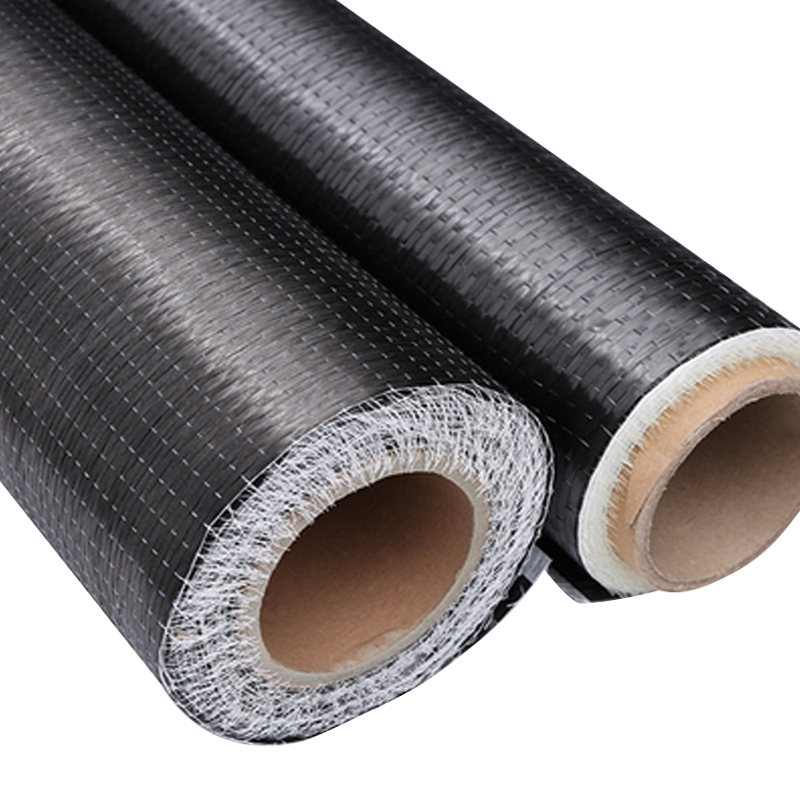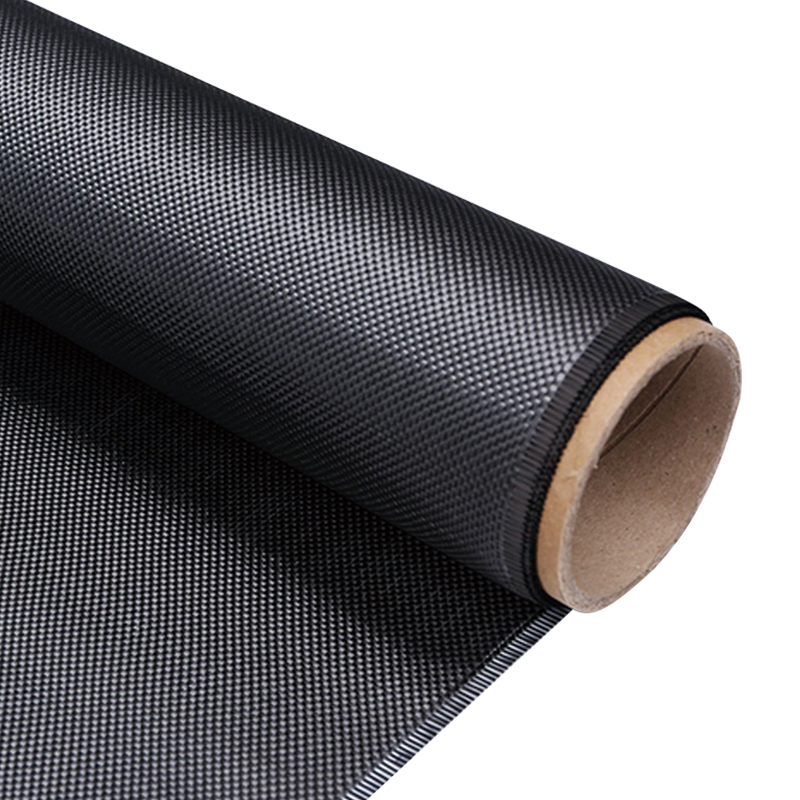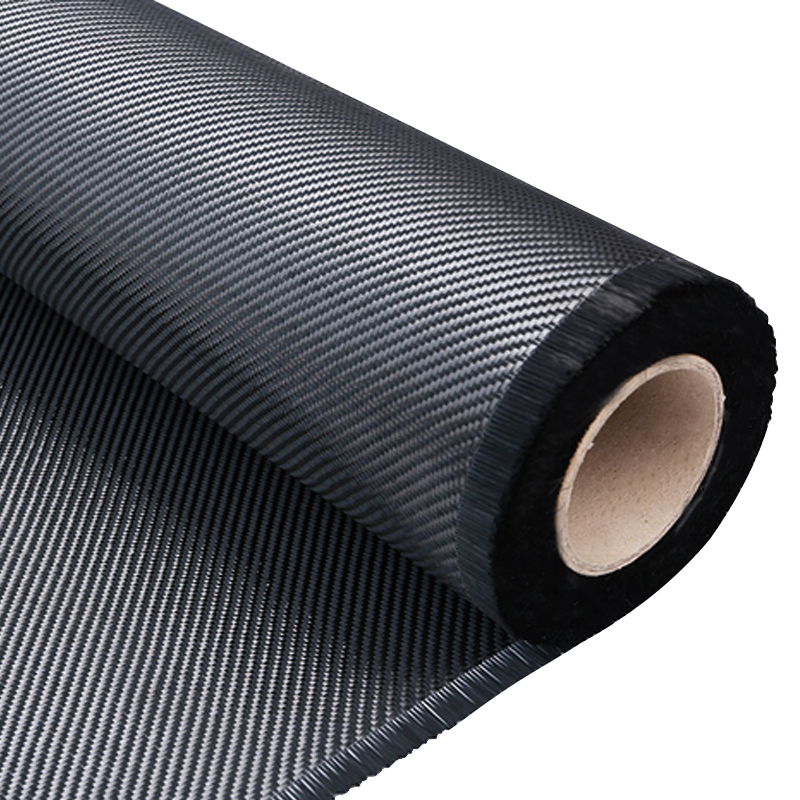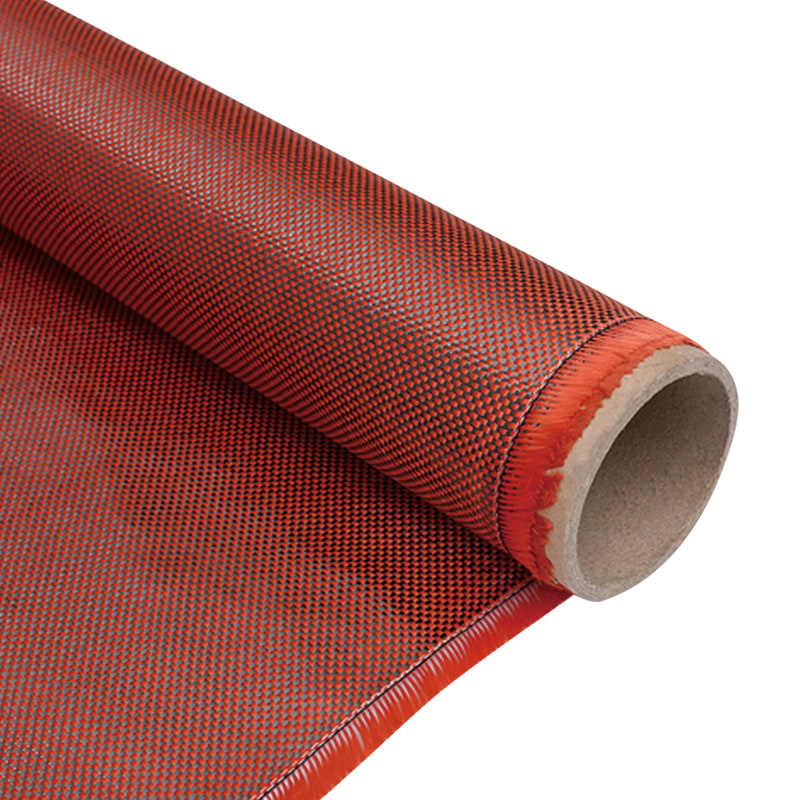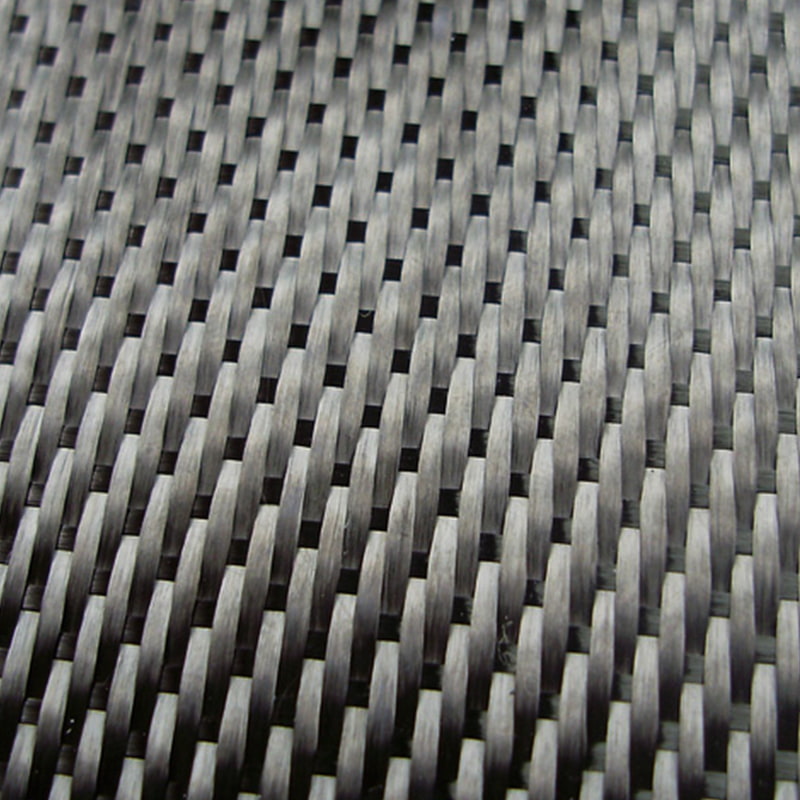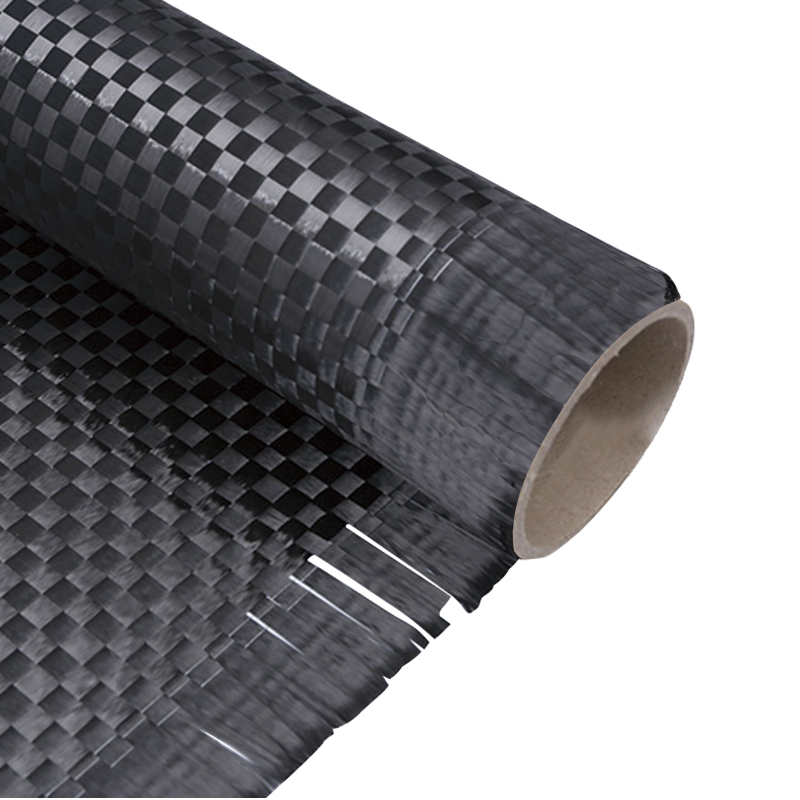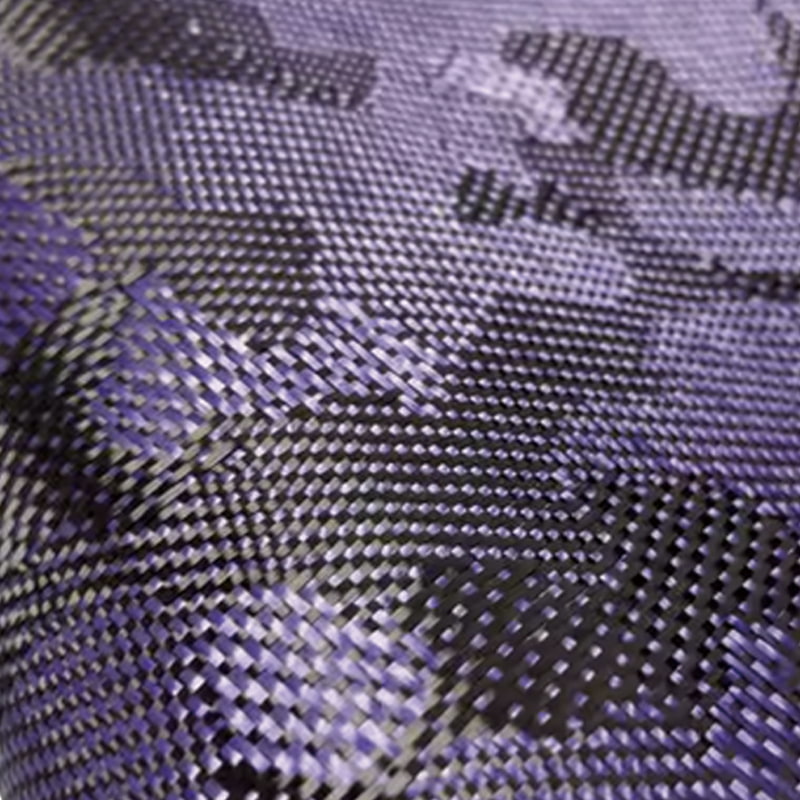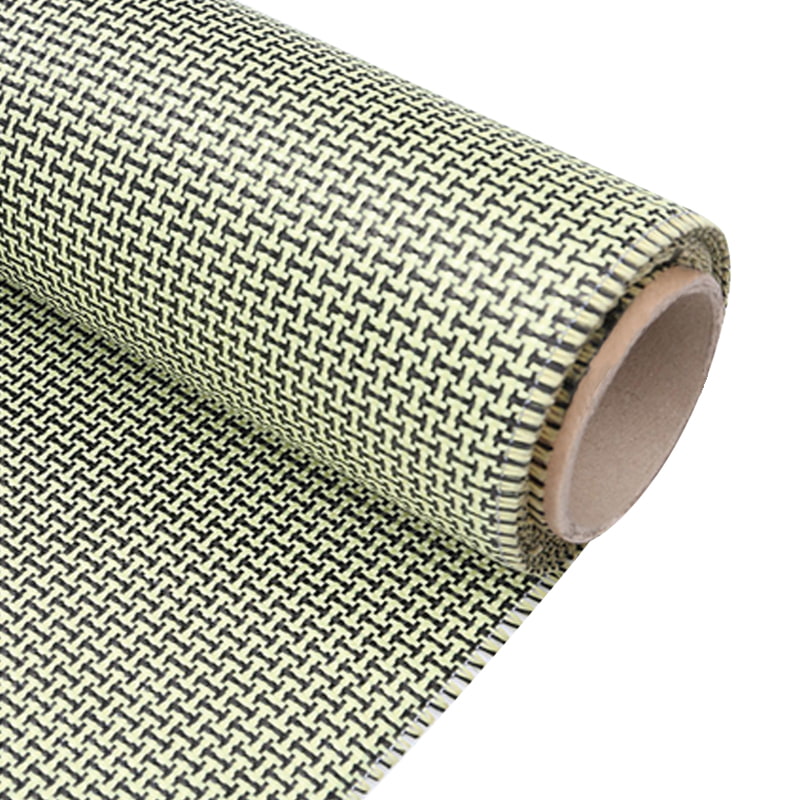- 1 Understanding Aramid-Carbon Mixed Fabric Properties and Uses
- 2 The Benefits of Aramid-Carbon Hybrid Fabric in Aerospace
- 3 Aramid vs Carbon Fiber Fabric: Strength and Performance Comparison
- 4 How to Choose Between Aramid and Carbon Mixed Fabrics
- 5 Aramid-Carbon Fabric Applications in Ballistic Protection
Understanding Aramid-Carbon Mixed Fabric Properties and Uses
Aramid-carbon mixed fabric is a high-performance composite material combining aramid fibers (known for toughness) and carbon fibers (renowned for stiffness). This hybrid offers a unique balance of properties, making it suitable for demanding applications.
Composition and Manufacturing Process
The fabric is woven by interlacing aramid (e.g., para-aramid) and carbon fibers in specific ratios. The process involves:
- Weaving Techniques: Plain, twill, or satin weaves optimize strength-to-weight ratios.
- Resin Infusion: Epoxy or thermoplastic resins bind fibers for enhanced durability.
Key Physical and Mechanical Properties
| Property | Aramid-Carbon Mixed Fabric | Pure Aramid Fabric | Pure Carbon Fabric |
|---|---|---|---|
| Tensile Strength (MPa) | 3,000 - 4,500 | 2,500 - 3,500 | 4,000 - 7,000 |
| Density (g/cm³) | 1.4 - 1.6 | 1.44 | 1.6 - 1.8 |
| Impact Resistance | High | Very High | Moderate |
This blend excels in applications requiring both impact absorption (aramid) and rigidity (carbon).
Red/Black Aramid Carbon Mixed Carbon Fiber Woven Fabric
The Benefits of Aramid-Carbon Hybrid Fabric in Aerospace
Aerospace industries prioritize materials that reduce weight without compromising safety.
Weight Reduction and Fuel Efficiency
The hybrid fabric's low density (1.4–1.6 g/cm³) cuts aircraft weight, improving fuel efficiency. For example, replacing aluminum components with aramid-carbon composites can reduce weight by 20–30%.
Thermal and Chemical Resistance
Aramid fibers resist flames (up to 500°C), while carbon fibers withstand corrosive environments. This dual resistance is critical for engine components and fuselage linings.
Aramid vs Carbon Fiber Fabric: Strength and Performance Comparison
Choosing between aramid, carbon, or hybrid fabrics depends on the project's needs.
Tensile Strength and Durability
Carbon fibers dominate in tensile strength (4,000–7,000 MPa vs. aramid's 2,500–3,500 MPa), but aramid adds fracture resistance. The hybrid balances both, offering 3,000–4,500 MPa tensile strength.
Flexibility and Impact Resistance
Aramid fibers absorb kinetic energy better, making hybrids ideal for bulletproof vests. Carbon fibers, while stiff, may shatter under sudden impacts.
How to Choose Between Aramid and Carbon Mixed Fabrics
Factors to Consider
- Cost: Aramid-carbon hybrids are pricier than pure aramid but cheaper than high-end carbon fabrics.
- Environment: For high-heat settings, aramid's flame resistance is vital. For structural rigidity, carbon dominates.
Industry-Specific Recommendations
- Automotive: Use hybrids for crash-resistant panels.
- Marine: Opt for carbon-heavy mixes for saltwater corrosion resistance.
Aramid-Carbon Fabric Applications in Ballistic Protection
Military and Defense Uses
The fabric's energy-absorbing properties make it a staple in body armor and vehicle armor. Unlike pure carbon, hybrids prevent spalling (fragmentation upon impact).
Civilian Protective Gear Innovations
Helmets and riot shields increasingly use aramid-carbon mixes to combine lightweight comfort with high protection levels.
 English
English  中文简体
中文简体 عربى
عربى Tiếng Việt
Tiếng Việt
